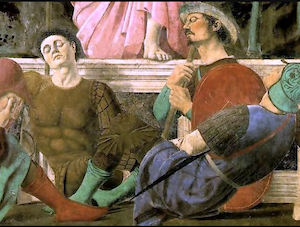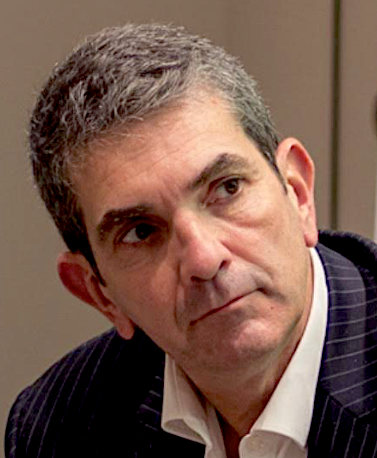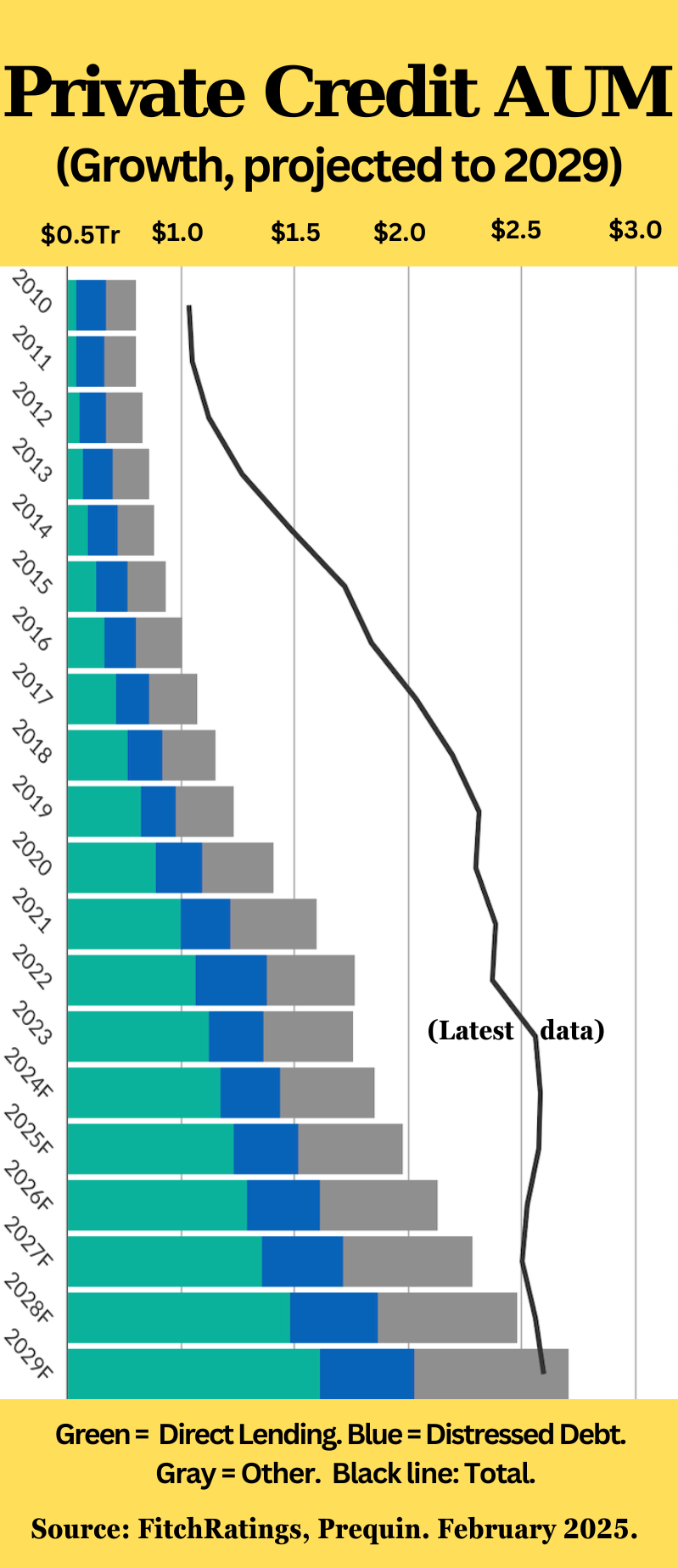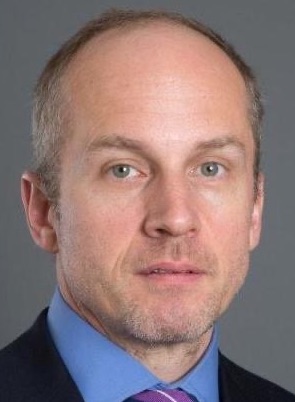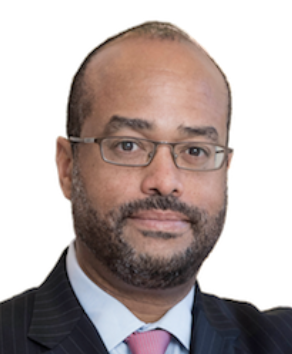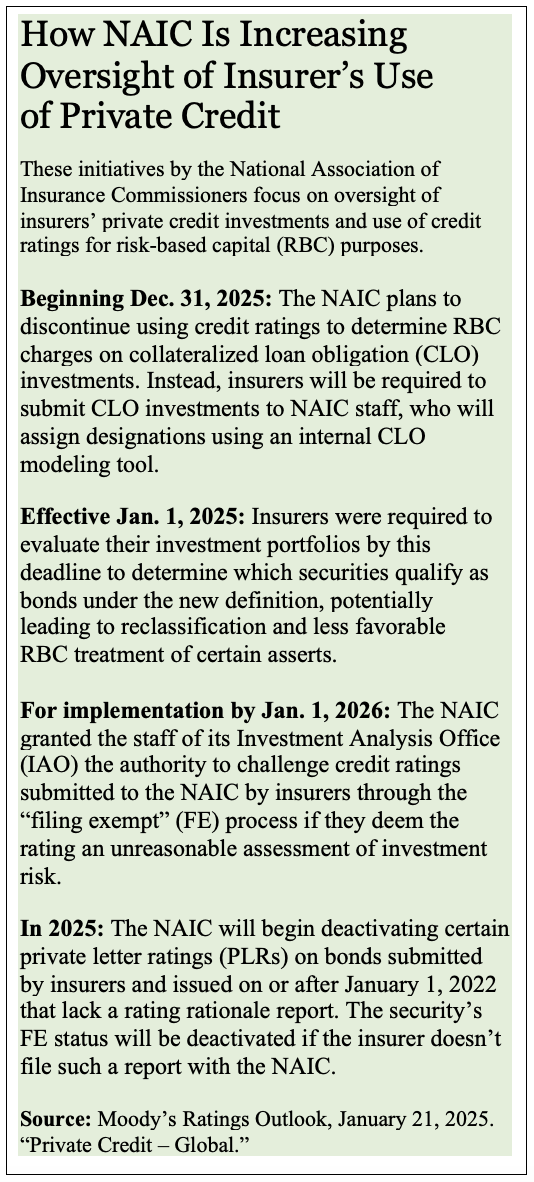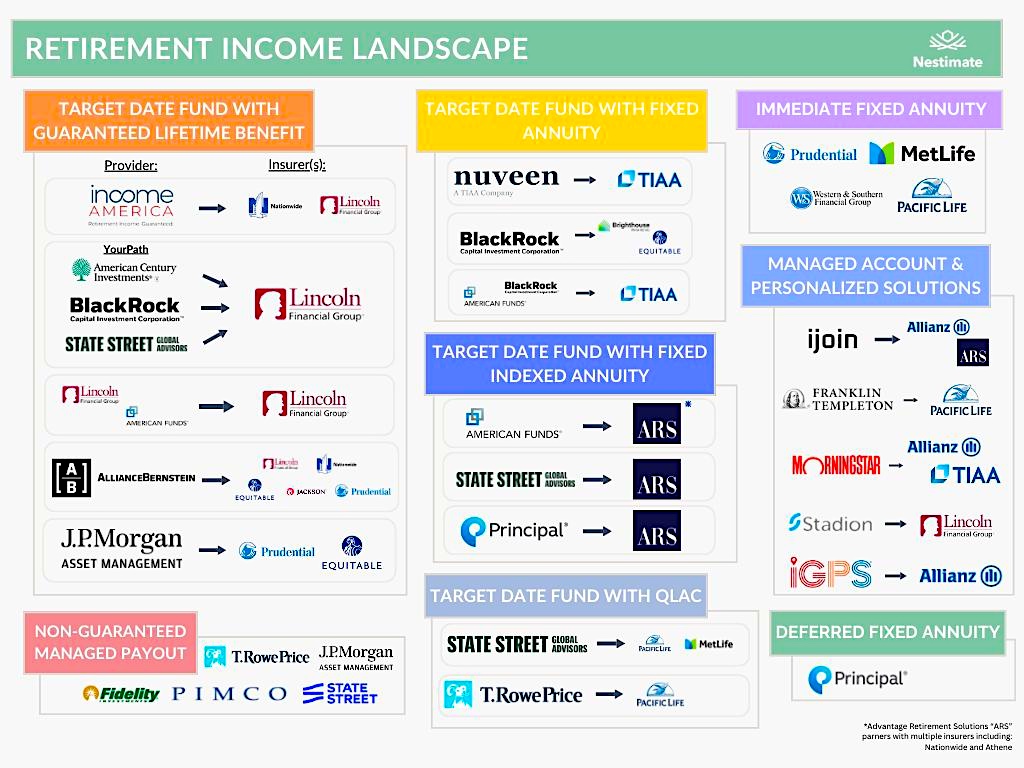In sales, deferred annuities finish ‘up’ year with a ‘down’ quarter: WinkIntel
“It was a mixed bag for the annuity business this quarter. That said, overall annuity sales were down more than 13% from last quarter,” writes Sheryl J. Moore in the release of her 4Q2024 Wink’s Sales & Market Report on Annuities. Her report says:
Deferred annuity sales were down nearly 13% from the prior quarter, and they declined close to 7% over 4Q24 as well. Declining credited rates/caps/participation rates and increasing spreads hurt deferred annuity sales when compared to last quarter. That aside, deferred annuity sales were up nearly 19% over last year. Ninety percent of the top ten sellers of deferred annuities experienced increased sales over the period, and half of these experienced double-digit gains.
Non-variable deferred annuities experienced a nearly 23% decline over last quarter, and this time, last year. It just isn’t easy to top the historically two best quarters for sales. Sixty percent of the top 10 participants offering non-variable deferred annuities experienced double-digit declines from last quarter, as well as this time last year. Again, declining rates negatively-influenced multi-year guaranteed (MYG), fixed, and indexed annuity sales results. However, non-variable deferred annuities were up nearly 14% over last year, with indexed annuities providing the bailout. While interest rates challenged the product line, the potential for gains was still considerable when assessing rates of certificates of deposit (CDs), as well as those on fixed annuities.
While fixed types of annuities suffered 4Q25, variable deferred annuity types shined. When reviewing the combined sales of structured annuities and variable annuities, there was more than a 12% increase over last quarter, and more than a 45% increase over the same period, last year. The market’s continued upward-trajectory had a considerable impact on these sales. When reviewing 2024 sales, as compared to the year prior, variable deferred annuities brought in more than 32% than last year. The S&P 500 gained about 100 points from the beginning of fourth quarter, to the end of 2024- and it resulted in stellar sales for “risk money products.”
This is the fourth quarter that Wink has reported on immediate income (SPIA) and deferred income annuities’ sales (and therefore all annuity sales). Total income annuity sales declined more than 17% this quarter. It showed. Nearly 70% of participants selling income annuities had double-digit losses for the quarter.
Multi-year guaranteed annuities have been on a downward trend, since making records the fourth quarter of 2022 (when rates popped-up). As such, MYGA sales were down nearly 32% since last quarter, and had losses of nearly 45% when compared to the same quarter, one year ago. Nearly 68% of participants experienced double-digit sales declines over that period. When comparing this year’s sales to 2023’s- MYGAs were able to earn a big “W” (winner) with an increase of less than 2%.
Fixed annuities have a rate that is guaranteed for only one year. And- there are less than 30 participants in our survey, who sell this type of annuity. Sales have been unremarkable for at least a decade, thus far. This quarter was no exception. Sixty percent of the top five best-selling fixed annuity carriers experienced sales declines over 3Q24. Many insurance companies offering one-year rate guarantees dropped their rates for the last quarter of the year; this resulted in a nearly 33% decline in sales for the product line.
Indexed annuities were the golden child of the non-variable annuity product lines this quarter. The products could not clock a victory, when comparing 4Q24 sales to the prior record-setting quarter. That said, the product line experienced growth in sales of nearly 23% when looking at this quarter, last year. And not to be outdone, sales for all of 2024 were up more than one-third. Attractive rates (and therefore attractive illustrations), helped with the momentum in sales. Indexed annuity sales set a record for the year.
While indexed annuities were the favorite of the non-variable deferred product lines, structured annuities (often referred to as “RILAs”) were the big winner in the variable deferred segment. Sales were up all around- for the quarter, against the same quarter a year prior, and for the year. Thanks to a rising market and attractive rates, structured annuities gained more than 7% momentum over last quarter’s sales and a nearly 40% gain when compared to the final quarter of last year. Not to be outdone, 2024’s sales were nearly 40% higher than the prior year. Structured annuities had both a record quarter, and a record year.
No other product line is as dependent on the market’s movement, than variable annuities (VAs). Like structured annuities, VA sales were up all around. Sales for the quarter and this quarter last year, were up 18% and nearly 53%, respectively. Variable annuities haven’t fared as well since pre-2022, but the sales for 2024 were up more than 25%.
Both immediate income annuity and deferred income annuity sales slumped, with immediate income annuities losing nearly 15% of last quarter’s sales and deferred income annuities bringing-in nearly 24% less than last quarter. Additional commentary will follow, once sales of these product lines have been collected for at least a year.
AM Best upgrades Lincoln’s credit outlook
Fresh from the Super Bowl victory of the football team that plays in its eponymous Philadelphia stadium, Lincoln Financial has received credit outlook upgrades from AM Best—tempered however by concern about Lincoln’s use of offshore reinsurance.
The ratings agency revised the outlooks of the Long-Term Issuer Credit Ratings (Long-Term ICR) to stable from negative and affirmed the Financial Strength Rating (FSR) of A (Excellent) and the Long-Term ICRs of “a+” (Excellent) for two Lincoln subsidiaries.
They are Lincoln National Life Insurance Company and its wholly owned subsidiary, Lincoln Life & Annuity Company of New York (Syracuse, NY), which are part of Lincoln National Corporation of Radnor, PA. The outlook of the FSR is stable.
AM Best also revised the outlooks to stable from negative and affirmed the FSR of A (Excellent) and the Long-Term ICR of “a” (Excellent) of First Penn-Pacific Life Insurance Company (FPP), a wholly owned non-core subsidiary of LNC in run-off. The ratings of FPP also reflect implicit support from the greater organization.
In addition, AM Best has revised the outlooks to stable from negative and affirmed the Long-Term ICR of “bbb+” (Good) and the Long- and Short-Term Issue Credit Ratings (Long-Term IR; Short-Term IR) of securities issued by LNC, the ultimate holding company.
All companies are domiciled in Fort Wayne, IN, unless otherwise specified.
AM Best assessed Lincoln’s balance sheet, operating performance, business profile and enterprise risk management (ERM) as strong, favorable and appropriate, respectively.
Concerns about reinsurance
Partially offsetting the positive rating factors, is Lincoln’s concentration in certain reinsurers and incremental reinsurance leverage, which somewhat diminishes its quality of capital and places pressure on the group’s overall balance sheet strength assessment.
In 2023, Lincoln reinsured approximately $28 billion of in-force fixed annuity, hybrid long-term care (MoneyGuard), and ULSG reserves to Fortitude Reinsurance Company Ltd (Bermuda), and sold its wealth management business to Osaic.
In 2024, Lincoln also began reinsuring various in-force and new policies to a new affiliate it called Lincoln Pinehurst Reinsurance Company (Bermuda) Limited. which the group is expected to continue utilizing in addition to the existing cessions to its onshore captive reinsurers and another offshore affiliate, Lincoln National Reinsurance Company (Barbados) Limited.
Reinsurer counterparty credit risk analysis during Lincoln’s financial planning, monitoring and stress testing processes under its ERM framework has gained even more importance, and AM Best will also monitor Lincoln’s periodic credit reviews of its reinsurers.
Statutory earnings have been volatile in the last two years partly due to the material amount of in-force liabilities and assets transferred through the aforementioned outbound coinsurance treaties. A portion of the change in assets supporting registered index-linked annuities reserves was not included in statutory earnings.
However, AM Best expects statutory earnings and capitalization to further stabilize and remain above Lincoln’s 420% risk-based capital ratio target (company action level) over the next five years for its onshore operations. The stable outlooks reflect AM Best’s expectation that Lincoln maintains strong overall balance sheet strength and operating performance metrics, supported by a well-diversified mix of business.
Lincoln reported a material GAAP reserve charge of approximately $2.0 billion in third-quarter 2022, primarily due to unlocking policyholder lapse assumptions in its universal life with secondary guarantee (ULSG) insurance block of business.
Since then, the group has executed several strategic initiatives that have reduced product risk and have started to stabilize and rebuild risk-adjusted capitalization to historical levels.
Axonic and Hexure collaborate on Waypoint MYGA
Axonic Insurance Services has implemented Hexure’s FireLight “sales and regulatory automation solutions” to help launch its new annuity product, according to a release. The technology is intended to help AIS’s distribution partners to submit applications for the AIS Waypoint multi-year guaranteed annuity.
AIS, a new entrant in the U.S. individual insurance market, chose FireLight to deliver a digital and accessible annuity sales process to its distribution partners, to effectively deliver annuity products to U.S.-based consumers. With FireLight’s established distribution network and large financial professional base already familiar with the platform, AIS saw an opportunity to accelerate market entry while offering a fast, intuitive e-application experience.
Axonic Insurance Services designs, distributes, and services annuity and investment plans for consumers worldwide. Founded in 1995, Hexure provides digital sales solutions to the insurance, financial services, and wealth management industries across various lines of life insurance, annuities, retirement, and wealth management products.
Invst launches pooled employer plan
Invst, an Indianapolis, Indiana based registered investment advisor (RIA)has acquired NS Capital, a Stamford, Connecticut based registered investment advisor, and created the Invst Unity Pooled Employer Plan.
The PEP allows employers in unrelated sectors to join a single retirement plan, while reducing liability and costs associated with 401k plans, the companies said in a release. A PEP “simplifies the process for companies but also alleviates them from the risks associated with independently sponsoring a retirement plan,” the release said.
NS Capital launched the Unity 401(k) Pooled Employer Plan in January 2021. Invst formed the MyInvst401K PEP in 2021 as well. The new Invst Unity PEP will be offered in tandem with the Invst IQ Financial Wellness Platform/app.
Ratings of Nassau companies are upgraded
The ratings agency AM Best said it has upgraded the credit ratings and strength ratings of the insurers in the Nassau Insurance Group, including Nassau Life, Nassau Life and Annuity, and Nassau Life of Kansas.
AM Best upgraded the insurers’ Long-Term Issuer Credit Ratings (Long-Term ICR) to “bbb+” (Good) from “bbb” (Good), and affirmed their Financial Strength Rating (FSR) of B++ (Good).
The upgrading of Nassau’s Long-Term ICRs is “due to the group’s improved operating performance metrics over the past several years. Operating performance results have been bolstered more recently by a significant improvement in alternative investment income and driven by insurance and asset management results with effective prudent expense management.
“There also has been continued earnings diversification between the insurance and fee-based businesses. Nassau has experienced strong premium growth in recent years following prior declines due to a strategic decision to manage new growth while developing a suite of new product offerings, as well as the continued runoff of legacy blocks of business.
“In addition, there is a concentration of new sales in interest-sensitive annuity products, albeit with good geographic diversification on a national basis,” AM Best said in a release.
The three insurers, Nassau Life and Annuity Company, Nassau Life Insurance Company, Nassau Life Insurance Company of Kansas, as well as Nassau Re (Cayman) Ltd, are also indirect subsidiaries of Nassau Financial Group, L.P., which is controlled by Golden Gate Capital
“They are separate entities and each is responsible for its own financial condition and contractual obligations,” according to Nassau Financial Group’s website. The insurers manage a combined $24.8 billion in assets, have $1.6 billion in total adjusted capital and 370,000 policies and contracts.
© 2025 RIJ Publishing LLC.



